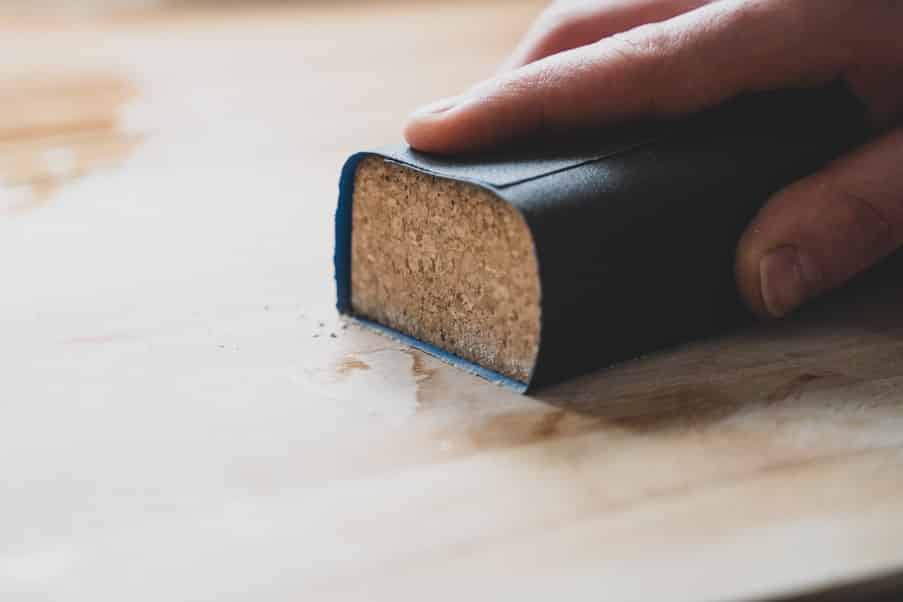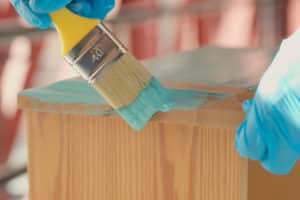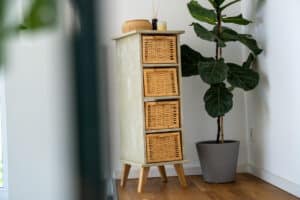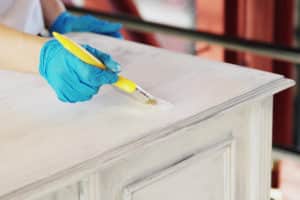Restoring furniture with EPODEX
Restoring furniture is trendy because it’s not only creative, but also sustainable. At EPODEX, we have many products to help you give old furniture a new look. In this blog post, we explain how to restore old furniture and what you need to do it.
Restoring old furniture – techniques and possibilities
The term “restore” refers to various measures with which you can bring a piece of furniture that is already older back to its original condition. It is also possible to give it a new look. This usually involves different types of techniques, depending on the condition of the piece of furniture and the desired result.
The restoration process includes repairing veneer, filling holes and cracks or removing layers of varnish. Instabilities that negatively affect the statics should also be repaired. In the end, the piece of furniture is then sanded, repainted and polished.

Restoring furniture: Step-by-step guide
Step 1: Establish stability
The stability of a piece of furniture should be restored first. As soon as the statics are no longer correct and parts are in danger of breaking off, all damaged areas must be removed. This is done by re-gluing and fixing the damaged areas. The old glue should be loosened and removed as much as possible. Then re-glue the areas with wood glue and let it dry under tension. For very heavy pieces of furniture it may also make sense to use screws.
Step 2: Repairing holes and cracks
The next step is to repair holes and cracks, especially those that extend into deeper layers. If only the veneer is damaged, this step can be skipped. Holes and cracks in the support wood must be filled with wood filler. Once the measures have dried, the filled areas must be sanded smooth with sandpaper so that they are no longer noticeable.
Step 3: Remove veneer or old layers of varnish
The next step is to restore an even surface. If the piece of furniture has a damaged varnish, this must be removed by sanding. Veneer can be repaired or removed depending on its condition. Bubbles or waves in the veneer can be filled with glue applied using a disposable syringe. Missing veneer can be replaced with a piece of veneer that looks as similar as possible.
Step 4: Refreshing the colour
Once the surface of the piece of furniture is even, roughened and clean, it can be painted. If the original look is to be retained and the surface is made of wood, only a stain can be applied. At EPODEX, we carry special furniture paints, for different applications and looks. Our chalk paint provides a powdery matt look that suits the Shabby Chic style. This paint is then sealed with our EPODEX Wax. It is suitable for indoor furniture.
Our ACRYLIC PROTECT lacquer is also ideally suited as a furniture paint. As a wood protection paint for outdoor use, we have our ACRYLIC PROTECT+ lacquer in our range. You can find detailed instructions and tips on how to use our paints on the product pages.




More than
1000000+
Satisfied customers
